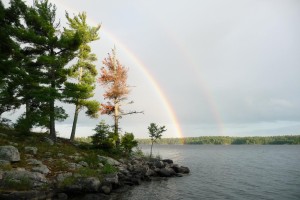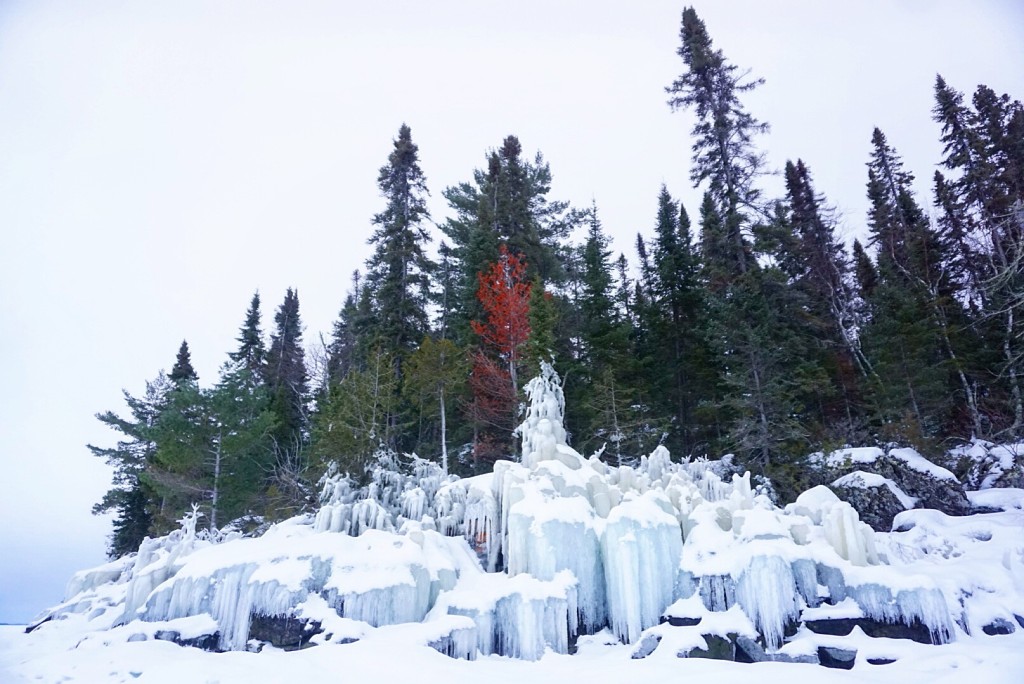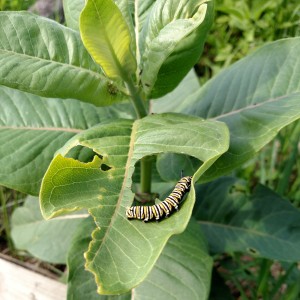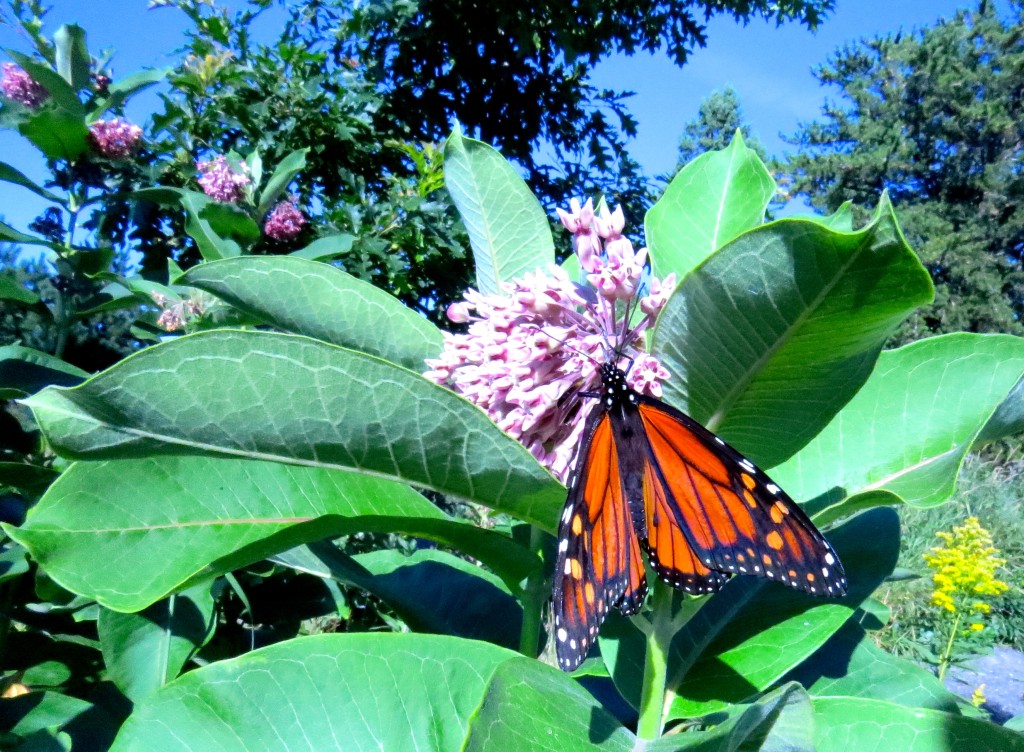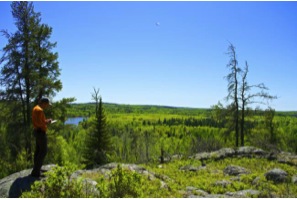Conservation leaders from across the country today celebrated the passage of legislation in the US Senate that would permanently reauthorize the Land and Water Conservation Fund (LWCF). The provision was included in the Energy Policy Modernization Act, which passed the Senate on a vote of 85-12. Today’s Senate action marks the first vote in history by either the House or the Senate to make the landmark conservation law permanent, meaning that, if the bill is enacted into law, every future generation will continue to enjoy the enduring values and unmatched majesty of our national parks, forests, wilderness, coastlines, mountains, working lands, rivers, historic sites and recreation areas.
In addition, the Senate voted decisively against the harmful Lankford amendment that would have placed unnecessary restrictions on land conservation and significantly weakened LWCF’s central conservation mission. The amendment was defeated on a bipartisan vote of 34-63.
LWCF is the only federal program dedicated to the continued conservation of our national, state, and local parks, forests, wildlife areas, and wilderness. From irreplaceable civil war battlefields to key public outdoor recreation access to working forests, this program has long been at the heart of efforts to protect the lands and waters that sustain public recreation, economic vitality, and community character all across America. More than 1,000 conservation organizations from every state in the union have made permanent LWCF reauthorization the centerpiece of a multi-year advocacy campaign.
As the House and Senate work to resolve differences between their two energy bills, the LWCF Coalition, of which Voyageurs National Park Association is a member, will work with Senate and House Campions on both sides of the aisle to ensure that LWCF’s permanent reauthorization is signed into law this year.
About the Land and Water Conservation Fund
The Land and Water Conservation Fund Act, signed into law on September 3, 1964, established a dedicated and permanent means for the conservation and protection of America’s irreplaceable natural, historic, cultural and outdoor landmarks. LWCF is the only federal program dedicated to the continued conservation of our national parks, forests, wildlife refuges, wilderness, civil war battlefields, as well as creating and developing state and local parks. It is rightly characterized as America’s most important conservation program. LWCF does not use any taxpayer dollars – it is funded using a small portion of revenues from offshore oil and gas royalty payments. Outdoor recreation, conservation and historic preservation activities support 9.4 million jobs and contribute more than a trillion dollars annually to the U.S. economy.


 "The room was full of energy. It was exciting to bring together so many people that support our park in so many ways; from park staff and volunteers to visitors and business owners. There were even attendees there who had been involved in the establishment of Voyageurs! We are grateful to our sponsors, guests and National Park Service staff who helped make this event possible. And, we are beyond lucky to have Mark Herman showcase Voyageurs through his art," said Christina Hausman, VNPA executive director.
"The room was full of energy. It was exciting to bring together so many people that support our park in so many ways; from park staff and volunteers to visitors and business owners. There were even attendees there who had been involved in the establishment of Voyageurs! We are grateful to our sponsors, guests and National Park Service staff who helped make this event possible. And, we are beyond lucky to have Mark Herman showcase Voyageurs through his art," said Christina Hausman, VNPA executive director.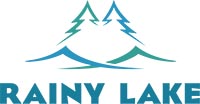



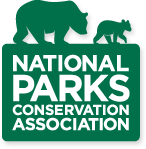





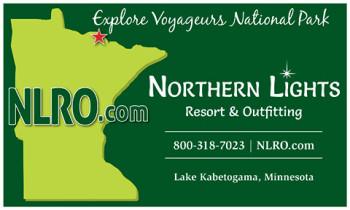


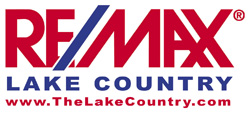



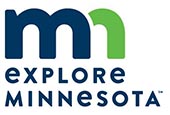
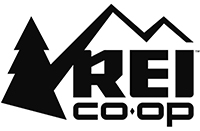

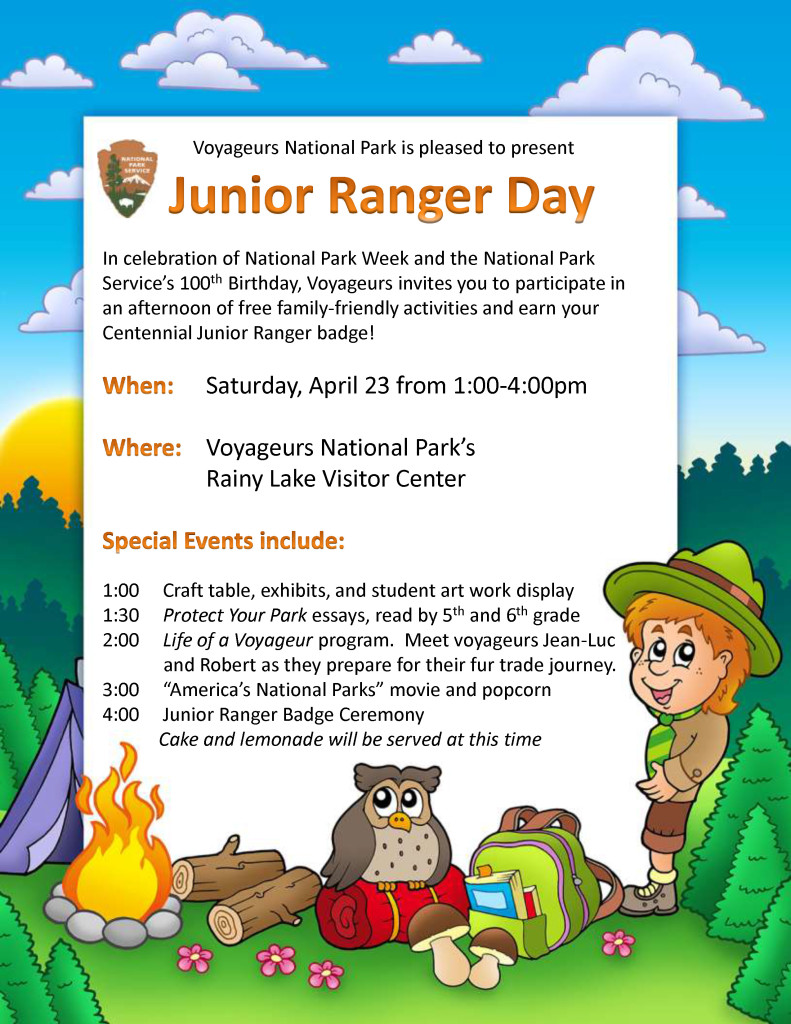
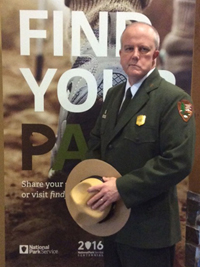 Mike Ward, who has served as the superintendent of Voyageurs National Park for the past seven years, has accepted a new position as superintendent at
Mike Ward, who has served as the superintendent of Voyageurs National Park for the past seven years, has accepted a new position as superintendent at 